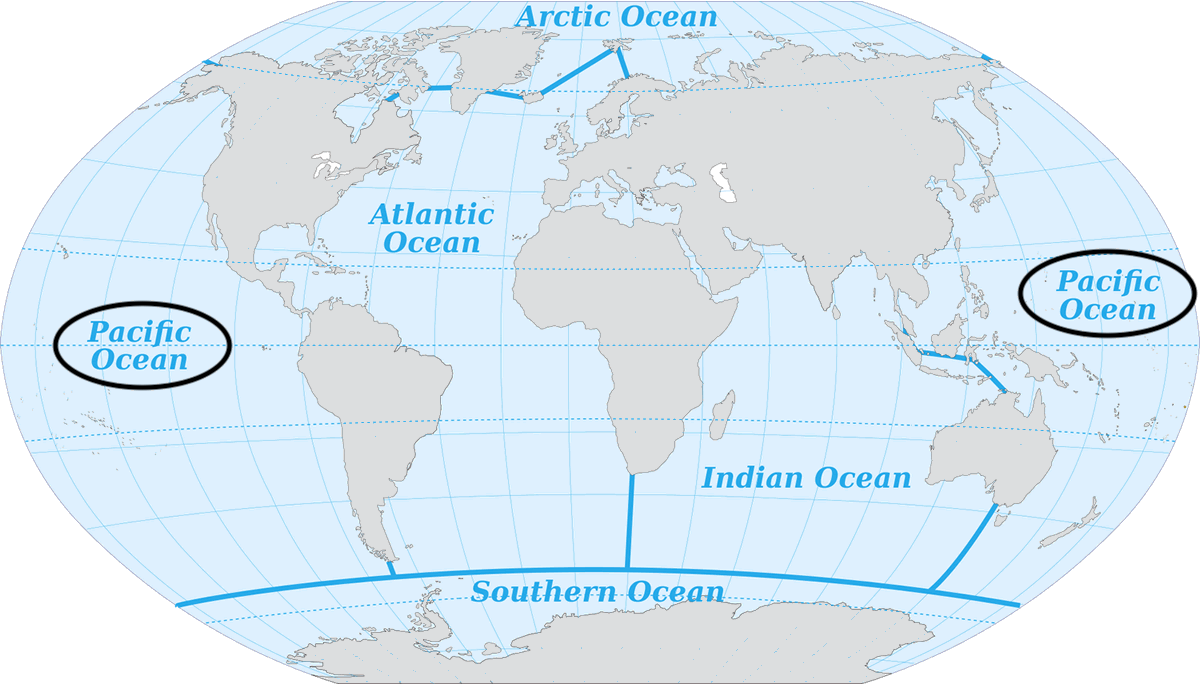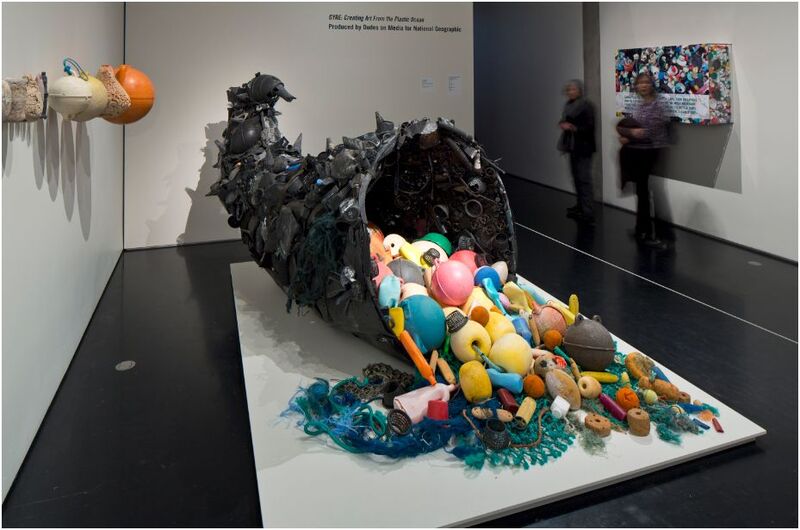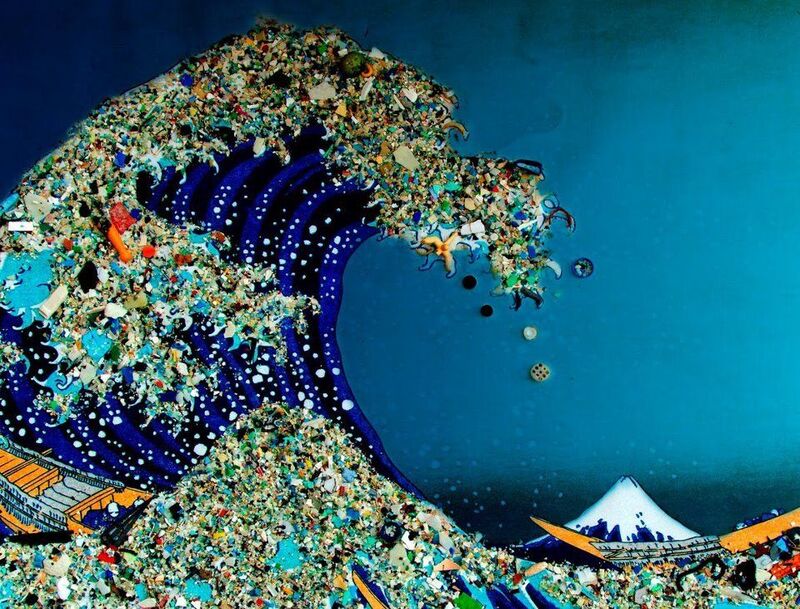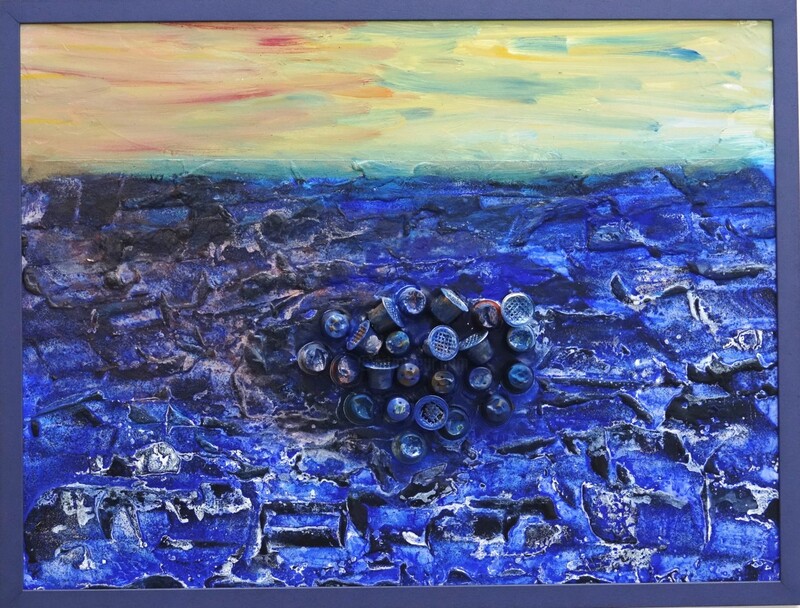Pacific Ocean

The Pacific Ocean is most well known for its giant floating garbage patch. Named the Great Pacific Garbage Patch, this patch covers roughly 8 million square kilometers and is mostly made up of microplastics. These microplastics can be naked to the human eye but detrimental to the ocean and its wildlife. Fish and other marine life easily ingest plastic pieces thinking that they are food, but unable to digest the plastics, many die. These plastics give the ocean water a cloudy, soapy appearance. About 90 percent of the visible debris floating in the water is plastic and 70 percent of this plastic ends up sinking to the bottom and remains there for years due to its lack of degradability. This causes the pollution to continue to pile up at the bottom posing a greater risk for the oceanic ecosystems. The majority of this pollution comes from land and about 20 percent of it comes from boats and marine sources. Additionally, the large size of this patch prevents essential sunlight from reaching photosynthetic marine life, which is a vital part of the ecosystem. If photosynthesis cannot occur, the marine life begins to die and a domino effect occurs throughout the entire food chain. This displays how detrimental pollution can be to the ocean and its life forms.


